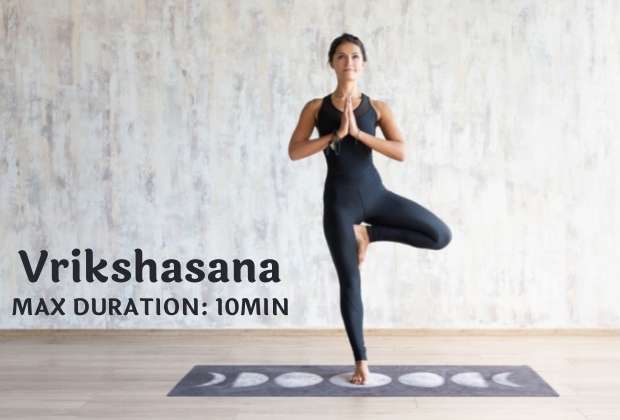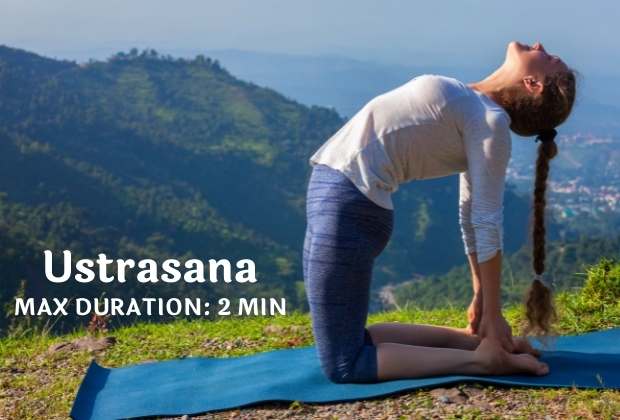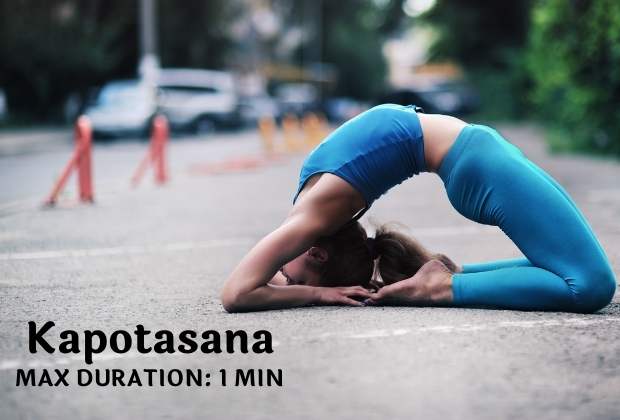The problem of uric acid builds up over time . The person develops arthritis as a result of an increase in this acid in the body. And as most of us know, Arthritis is a painful condition that causes inflammation in the joints.
The impact of this discomfort on one’s health begins to emerge gradually. Explain that the accumulation of uric acid in the body is caused by a sluggish metabolism. Uric acid causes blood cells to die. However, yoga is one of the methods that can help you overcome this issue.
Today, we’ll show you three such yoga asanas that can aid in uric acid treatment at home.
Vrikshasana

Tree Pose is a balancing posture that mimics a tree’s beautiful and solid stance. The name of the position comes from the Sanskrit terms Vriksha, which means tree, and asana, which means posture.
The practice of Vrikshasana not only cures the diseases of the body but also burns the extra fat stored in the body. To do this asana, stand upright like a tree. Put the weight of the body on your feet and bend the right leg. Bring the sole of the right foot above the knees and touch it with the left foot. Bring both the palms in prayer posture. Press the left foot with the sole of your right foot and press the sole of the left foot towards the ground. While inhaling, move your hands above your head. Keep your head straight and look in front. Stay in this position for some time.
How much time should we do Vrikshasana?
On each leg, one can stay in Vrikshasana for about a minute (1 minute on the right leg altered by 1 minute on the left leg). This should be done five times for each leg.
Cautions: If you have sleeplessness, stay away from Vrikshasana. You may find it difficult to place your leg above the knee in the beginning, so keep it below the knees but never on the knee. If you’ve recently suffered a leg or knee injury, stay away from this asana.
Ustrasana

Ustrasana is a deep backward bend that begins with a kneeling position and ends with the hands-on heels. The position is one of the Bikram Yoga sequence’s 26 asanas.
Our back is stretched by the practice of Ustrasana. In this asana, the head remains slightly tilted and the stomach is raised, so with the help of this asana, the abdomen and lower back are scraped. This asana strengthens our hips and thighs. This asana reduces the fat on your thighs. It strengthens your shoulders, back, thighs and arms open up the hip flexors, helps tone the buttock, neck and abdomen.
How much time should we do Ustrasana?
Hold this position for 30 to 60 seconds, or three to eight breaths. After some experience, you might be able to work for a minute on each side.
Cautions: This pose should be avoided by those who have high blood pressure or are really exhausted. If you have any spine-related issues, make sure to keep your spine in an extended position rather than bending it.
Kapotasana

Kapota means “pigeon” in Sanskrit, while asana means “position.” So kapotasana properly translates to “pigeon pose.”
To do this asana, first of all, sit in the posture of Vajrasana. After this, lift the body on the knee. Keep in mind that you do not have to stand on your feet. Now place both your hands on the ground below the waist. Using your palms, slowly turn backwards. Now while bending your waist down, try to keep your head on the ground. After this, carefully hold the ankles of the feet with both your hands. Stay in this state for some time according to your ability. By doing this asana, there is pressure on the thighs, ankles, joints, chest and throat, due to which your body becomes flexible and fat-free.
Caution: Do not execute this asana if you have a recent or deep injury in your spine, neck, shoulders, chest, core, hips, thighs, back, or ankles. This asana should only be done on an empty stomach or after a meal has been eaten for at least 4-6 hours.
How much time should we do Kapotasana?
For 30 seconds to 60 seconds, one can stay in Kapotasana (1 minute). In a relaxed position, gently pull your shoulders back away from your ears. Hold for 5–10 calm, deep breaths in this position.

Lifebing is driven by an unrelenting passion for promoting health and well-being, our team is wholly committed to curating exceptional content and immersive experiences.
